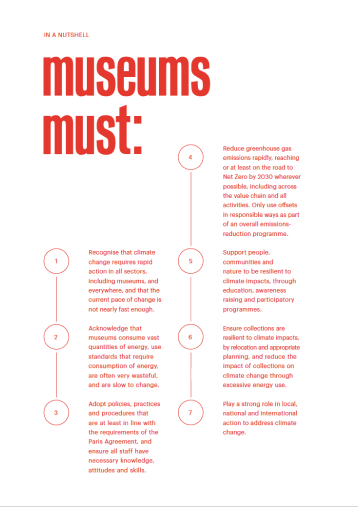Disaster Risk Reduction and ‘Build Back Better’
( Toolbox )
WHAT IS THIS?
Disaster Risk Reduction is an ongoing process that works to reduce the likelihood and impact of disruptions, whether from natural or social hazards.
WHY IS THIS IMPORTANT?
Disaster Risk Reduction works to ensure that, after a disaster, the recovery is directed to preventing the likelihood of recurrence. Disaster Risk Reduction aims to strengthen capacities and resilience, and to reduce hazards, exposure to hazards, and vulnerability to hazards. Disaster Risk Reduction is closely connected with climate adaptation, although it extends across all forms of hazards.
THE TEN ESSENTIALS OF RESILIENCE
The Ten Essentials of Resilience is a widely used framework that aims to localise Disaster Risk Reduction. The Ten Essentials are:
- Organise for disaster resilience. Disaster Risk Management and Disaster Risk Reduction requires an all-of-society approach: working effectively with partners and including the public in planning and decisions.
- Identify, understand, and use current and future risk scenarios. Disaster risk scenarios are planning tools that identify hazards, exposure and vulnerabilities in towns, sectors, and in cultural and natural heritage.
- Strengthen financial capacity for resilience. Disasters can have a serious economic impact, and developing resilience over time – in institutions, communities, towns and in nature – requires appropriate investment.
- Pursue resilient urban development and design. Hazards don’t necessarily lead to disasters, where buildings and towns have been planned with resilience in mind.
- Safeguard natural buffers to enhance the protective functions offered by natural ecosystems. Natural ecosystems can help reduce disaster risks, for example by reducing the impact of extreme weather events such as floods and storms.
- Strengthen institutional capacity for resilience. Many types of organisation and stakeholders in a town can play an important role in Disaster Risk Reduction of the town as a whole.
- Understand and strengthen societal capacity for resilience. Education, training and public awareness programmes are critical if people are to be able to contribute to the collective effort of creating resilient towns, protecting nature, and indeed their own property and, in some situations, their lives.
- Increase infrastructure resilience. Towns should have a strategy and plan for the protection, update and maintenance of critical infrastructure.
- Ensure effective preparedness and disaster response. Create and regularly update disaster preparedness and response plans, which can help save lives and property, and contribute to resilience and post-disaster recovery.
- Expedite recovery and Build Back Better. The ‘Build Back Better’ approach is to ensure that recovery and reconstruction strategies are aligned with long-term Disaster Risk Reduction plans, and other plans, to improve the quality of towns for sustainable development.
WHAT DOES THIS MEAN FOR MUSEUMS?
Museums can use Disaster Risk Reduction approaches to strengthen their own resilience to climate impacts, and also to contribute to resilience-building in the wider world, for the benefit of society and the natural environment. Museums can play a key role in supporting people, communities, the whole of society and nature, to prevent and adapt to climate impacts. They can ensure their buildings are secure and adaptable; that people have the necessary knowledge, attitudes and skills to be prepared to face climate impacts; that they do not contribute to disaster risk; and that they work closely in partnership with a range of other sectors to reduce disaster risk and cope with disaster situations effectively, and rebuild to be stronger and more adaptable. They have important parts to play before, during and after disaster situations.
FURTHER READING AND INFORMATION
See ‘Museums and Disaster Risk Reduction: building resilience in museums, society and nature’ (2020) LINK
Disaster Risk Reduction and climate adaptation are closely related. The guide ‘Toward Resilience A Guide to Disaster Risk Reduction and Climate Change Adaptation’ sets out ten common-sense principles that integrate the two approaches. LINK
PreventionWeb Knowledge Base is a collation of thousands of practical tools, guidelines and reports on Disaster Risk Reduction, including climate adaptation. LINK


